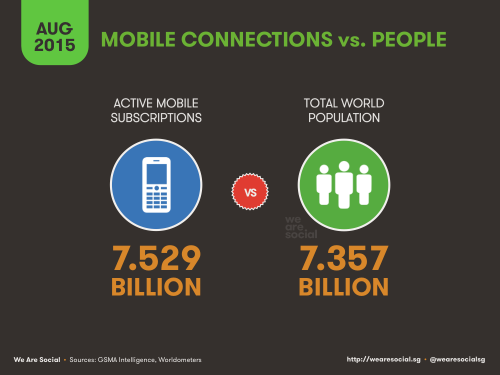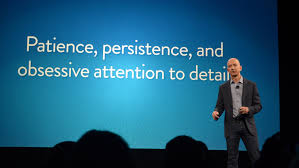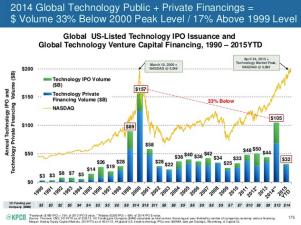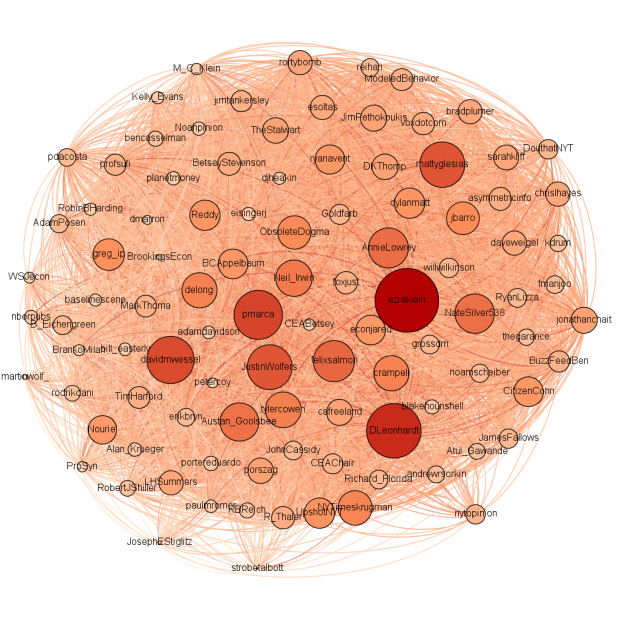 We Are Social updated their annual Digital Statshot on China this week. And it does not look like the pace of digital adoption is slowing. Believe it or not – China now has more social media users than the US and Europe combined.
We Are Social updated their annual Digital Statshot on China this week. And it does not look like the pace of digital adoption is slowing. Believe it or not – China now has more social media users than the US and Europe combined.
When I look at China’s digital landscape, I realize that we are not using our phones to their full potential. China’s great firewall may mean there is very limited access to services like Twitter, Facebook or Google but when you see how much messaging services like WeChat can do that sort of can become irrelevant. WeChat is not only a messaging service. It lets you play games, check into a flight, call a cab, make money transfers and soon also a stock trading function.
Not only is cheap technology an advantage in China but also with it being the largest internet culture (some 668 million wired people, 89% on phones alone!) make a great test market. And in China, mobile payments are much easier to use because it is more widely accepted. No need for merchant’s to have special terminals because they have accounts within social networks like WeChat. Imagine if you could pay for your pizza delivery in Europe using your WhatsApp service! And not to ignore giant Alibaba that has expanded their service for online cash for anything like paying your rent, bills etc. You can even earn better interest with them than with a regular bank and get a loan if you need it. Financial disruption at its best.
You can read the full report here:
http://http://de.slideshare.net/wearesocialsg/digital-social-mobile-in-china-in-2015








